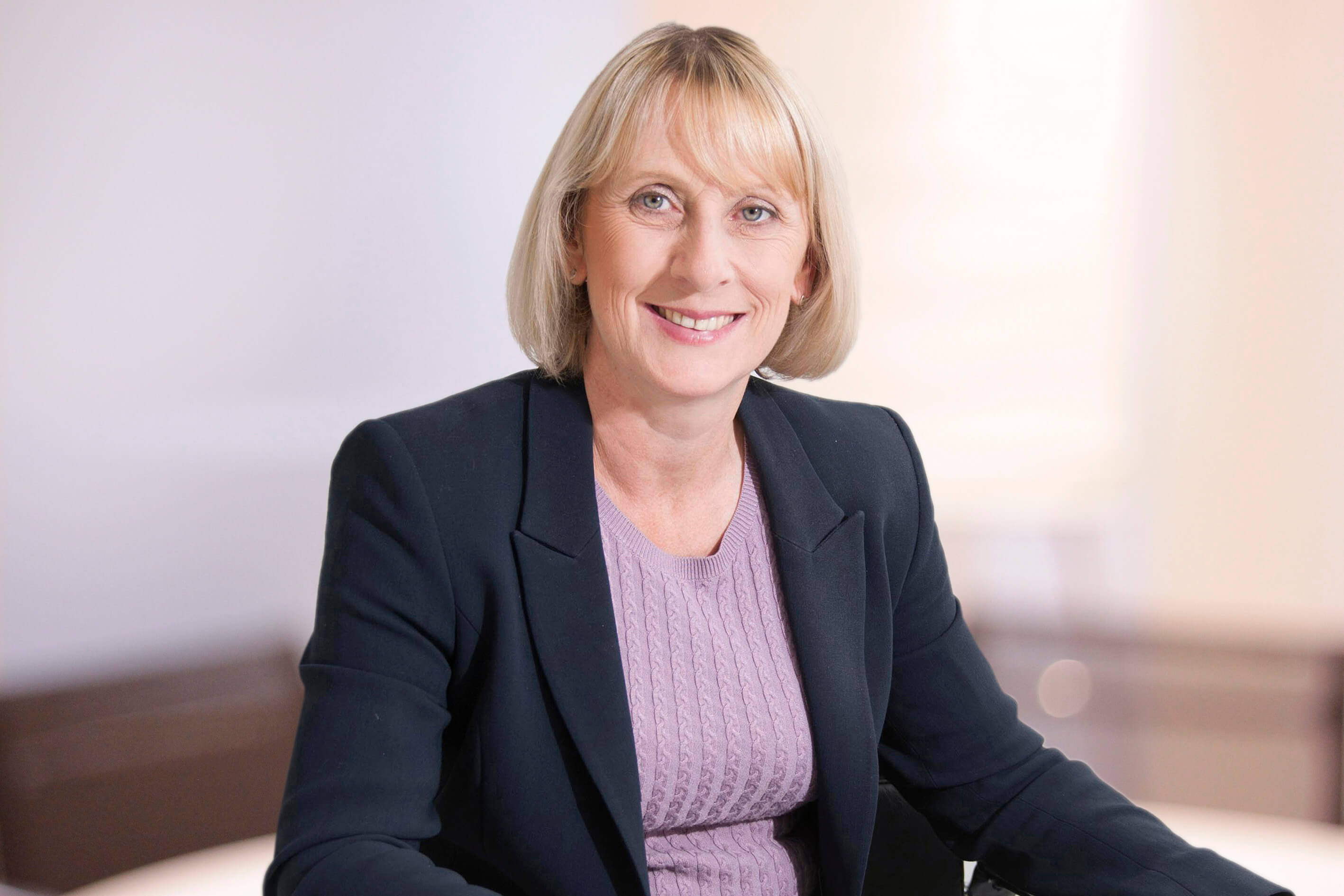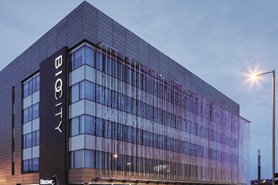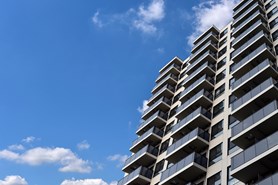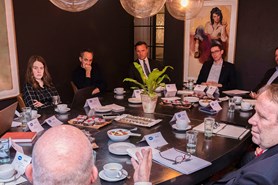As another year comes to an end and our business plans are firmed up for 2018 it is worth reflecting on how the retail market has reacted in 2017 and looking forward to the emerging themes for the year ahead.
The dramatic political and economic climate of 2017, combined with slowing wage growth, has undoubtedly impacted on both investor and consumer confidence, with footfall once again dipping in October. But despite the obvious challenges and continual barrage of negative publicity, the sector has seen steady year on year growth in retail sales as the British high street proves more resilient than anticipated.
By quickly adapting to market trends what we are now witnessing is the rise of the ‘experience economy’ and true retail evolution.We’re seeing a sizeable shift from purely transaction-driven spaces to mixed retail, leisure and family entertainment venues.
The tenant mix for landlords and developers has therefore changed and there is an increasing need to attract more international retailers and leisure operators in order to remain competitive in a market in which you have to move faster than the speed of light to stand still.
The predicted death of the bricks and mortar model has not come to fruition, with online sales peaking at 16% before slowing, with pure play retailers now taking physical stores. Indeed, 90% of all sales still touch a physical store in some way – whether that be for browsing, for click and collect services or direct purchasing.
Customer experience and satisfaction have however become more important than ever before, with shoppers expecting a premium experience. From arrival at the carpark to the quality of the rest rooms, today’s shoppers want an environment that focuses on exceptional spaces. They envisage a retail experience that is entertaining, inspiring and completely bespoke to their shopping needs.
Customers who eat during a shopping trip tend to spend 27 minutes longer in the space and, on average, spend 18% more."
So, while physical stores remain the cornerstone of consumer engagement, they have now evolved into brand or product showrooms that focus on what you can see, smell, hear and touch – a truly multi-sensory experience.
Once there, we know there is a direct correlation between time spent in a shopping centre and actual spend. Customers who eat during a shopping trip tend to spend 27 minutes longer in the space and, on average, spend 18% more. As a result, we’ve seen food & beverage (F&B) retail space increase from 7% of all retail space to approximately 20%, and forecasts show that the industry will deliver 1,515 F&B outlets in 2018 alone.
With the expectations of today’s customer higher than ever as we enter the age of the considered consumer, developers are sweating their existing assets to make them work harder and smarter. Over 60% of current leasing deals relate to new or significantly refurbished spaces and there’s a constant change to the tenant mix and ongoing leisure incorporation. The market needs to respond to these trends to right size the development pipeline. We see too many extravagant schemes come through which aren’t right for the market or haven’t taken consumer trends into consideration - shoppers want variety, which in turn drives increased footfall for landlords and retailers alike, hence the plethora of temporary stores and pop ups with flexible lease terms.
Whatever the challenges, the retail sector is continually evolving and opportunities, from asset management schemes through to wholesale city centre regeneration, are plentiful. I for one am looking forward to an exciting 2018!

Sara Boonham
Head of Cost Management UK
- sara.boonham@gleeds.com
- +44 (0) 782 432 7024



